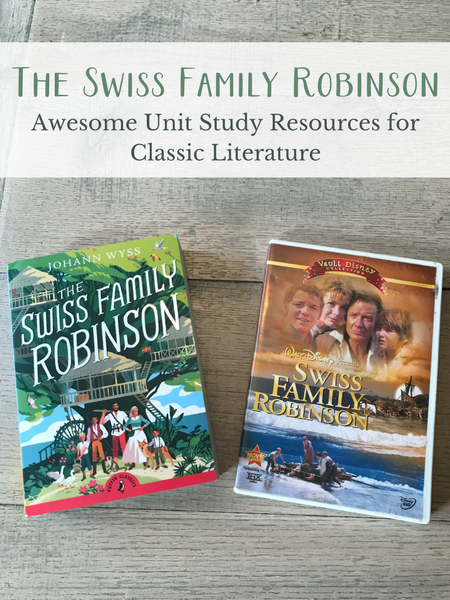
We love classic literature! And unit studies. It’s wonderful to combine the two and have all sorts of hands-on learning. What better book and movie combo than Swiss Family Robinson for unit study fun?
This tale of a family stranded on an island is a grand adventure full of many wonderful morals, geography, ingenuity, and fun. It’s a tale suited to every child and adult. Without further adieu, here is our recommended activites for creating your own Swiss Family Robinson Unit Study.
If you’d like 2+ pages of bonus activities in addition to those listed here, just enter your email below.
The Swiss Family Robinson Literature Activities
Recommended Resources for Swiss Family Robinson Unit Study:
The Swiss Family Robinson (Required)- Johann Wyss
Maps– Aleksandra and Daniel Mizielinski
Iguanas (Really Wild Reptiles)- Kathleen Connors
Kangaroos and Other Marsupials (World Book’s Animals of the World)- Julie A. Fenton
Robinson Crusoe– Daniel Defoe
Condors (Animals That Live in the Mountains)- JoAnn Early Macken
From Seed to Plant– Gail Gibbons
DK Eyewitness Books- Fish– Steve Parker
Pocket Genius- Mammals– DK
Birds Every Child Should Know– Neltje Blanchan and Vintage Lake
Ultimate Reptileopedia: The Most Complete Reptile Reference Ever- National Geographic
DK Eyewitness Books- Amphibian– Barry Clarke
The Swiss Family Robinson Maps
Maps Iguanas
Iguanas Kangaroos and Other Marsupials
Kangaroos and Other Marsupials Robinson Crusoe
Robinson Crusoe Condors
Condors From Seed to Plant
From Seed to Plant DK Eyewitness Fish
DK Eyewitness Fish Pocket Genius Mammals
Pocket Genius Mammals Birds Every Child Should Know
Birds Every Child Should Know Ultimate Reptileopedia
Ultimate Reptileopedia DK Eyewitness Amphibian
DK Eyewitness Amphibian
Swiss Family Robinson Activity Sheets
Don’t forget to grab our Swiss Family Robinson Movie Unit Study here! There are many Swiss Family Robinson comprehension questions and answers to make movie time a fun learning experience. The Swiss Family Robinson movie worksheet pack is one of our favorite movie studies!
Vocabulary from Swiss Family Robinson:
tempest-tossed
tumult
constrain
vessel
providence
contrive
capstan
spyglass
specimen
agouti
sundry
entreat
cascade
rivulet
promontory
strategem
gamboling
charlatan
lugsail
tureen
gallinaceous
shagreen
margay
copse
nomenclature
cuirass
precipitous
pinnace
depredation
indigenous
hillock
askance
cultivated
grotto
aperture
shoal
rectilinear
contrivance
aqueduct
antediluvian
palanquin
garrison
sanguine
coagulate
menagerie
palfrey
reconnaissance
sojourn
Swiss Family Robinson Activities:
– Write a list of supplies to keep on hand in case of an emergency. (Ch.1; Language Arts; Safety; Critical Thinking)
– Using a plastic tub or any other large container, make your own escape boat. Don’t forget to include float belts! (Ch.1; Life Skills; Critical Thinking; Science)
– Study the inside of a coconut by “dissecting” it. Eat it when you’re finished! (Ch.2; Science, Health, Life Skills)
– Study the stages of fermentation. Make a chart showing each stage. (Ch.2; Science; Art; Language Arts)
– Imagine the sight of all the animals floating ashore. Illustrate the scene. (Ch.2; Art)
– The Robinsons are originally from Switzerland. Locate and label it on a map. (Ch.3; Geography)
– Go to a creek and catch some crawfish. How many can you find? (Ch.3; Science; Field Trip; Math)
– Research the nomads of the Middle East. How are they similar to the Robinsons? Different? Make a Venn diagram or write a comparative essay. (Ch.3; Social Studies; Language Arts, Critical Thinking)
– Take a walk around your neighborhood and name some of your favorite places. Why did you choose those names? (Ch.4; Field Trip; Physical Education; Language Arts; Critical Thinking; History; Geography)
– Make a map of your neighborhood and label it with the names you chose. (Ch.4; Geography; Art)
– On what continent do kangaroos live? What other animals live there that cannot be found elsewhere? (Ch.4; Science; Geography)
– Do you agree or disagree with the way Jack treats the animals they come across? (Ch.5; Character)
– Bake some cassava bread. (Ch.5; Life Skills; Social Studies; Math Science)
– If your yard is large enough, plant a vegetable garden. Otherwise, plant an indoor herb garden. (Ch.6; Life Skills; Science)
– How big can iguanas grow to be? Take a trip to a pet store to get a look at a real specimen. (Ch.6; Science; Field Trip)
– Mr. Robinson and Fritz observe a common nest for a colony of birds, identified as grosbeaks. Some other animals that live in groups are mentioned, such as beavers, bees, wasps, ants, and coral. Choose one (or find another animal that lives in groups) and write a report. Include pictures. (Ch.7; Language Arts; Science; Art)
– There are a large variety of animals and insects described in this book. Start keeping a notebook or field guide of the creatures you read about. (Ch.7; Science; Language Arts; Art)
– How long is a fortnight? (Ch.8; Math; Language Arts)
– Start keeping a nature study journal like Ernest and sketch any birds, beasts, and flowers you come across as you’re out and about. (Ch.8; Art; Science)
– Draw a picture of a platypus. What is so peculiar about them? (Ch.9; Art; Science)
– Read Robinson Crusoe. (Ch.9; Literature)
– Make a list of the many uses of ginseng. (Ch.9; Language Arts; Science; Health)
– Many people believe coral is a type of sea plant, when in fact it is a creature. Study the coral reef. (Ch.10; Science, Geography)
– There are many types of whales, including humpbacks, sperm whales, blue whales, and narwhals. Choose one type of whale and write a report. (Ch.10; Science; Language Arts)
– Whales are not fish but are mammals. Research the characteristics of fish, mammals, reptiles, and amphibians. (Ch.11; Science)
– Using old magazines, cut out pictures of different types of fish, mammals, birds, reptiles, and amphibians. Make five separate collages- one for each animal classification. (Ch.11; Science, Art, Critical Thinking)
– Use Ernest’s epitaph for the donkey as copywork. (Ch.11; Language Arts)
– Condors are very large scavenger birds. Study these fascinating creatures. (Ch.12; Science)
– Make a list of other animals that are scavengers. (Ch.12; Language Arts; Science)
– Mr. Robinson seems to have an endless amount of knowledge. How do you think he came to be such a learned man? What can you learn from his example? Discuss. (Ch.13; Critical Thinking; Character)
– Asbestos used to be used to insulate buildings, but it has been banned for causing serious health problems. Research this issue. (Ch.13; History; Science; Health)
– Study the life cycle of a plant. From Seed to Plant by Gail Gibbons is an excellent, easy-to-read resource. (Ch.14; Science)
– Plant some bean seeds in an egg carton. Once the seeds have sprouted, keep an illustrated journal of their progress every day for a month. (Ch.14; Science, Art; Language Arts)
– Learn how aqueducts work. (Ch.15; Science; Life Skills; Social Studies)
– Research the North American fur trade in pioneer times. (Ch.15; History)
– Study the African bullfrog. How big can they grow to be? (Ch.16; Science)
– How are pearls formed? (Ch.16; Science)
– Imagine you were stranded on an island with your family for ten years, until one day you came across another human being. Write your own chapter telling what your reaction would be. (Ch.17; Language Arts; Character)
– If you were one of the Robinsons, would you have chosen to leave the island? Why or why not? Write about it. (Ch.18; Critical Thinking; Language Arts)
– Write your own ending to this story, telling of what you think will happen when new people arrive at the New Switzerland colony. (Ch.18; Critical Thinking; Language Arts; Social Studies)
We hope you have as much fun with your Swiss Family Robinson unit study as we have! Don’t forget to hashtag your studies with #everydaygraces so we can see how your learners enjoy this living literature and movie unit study.

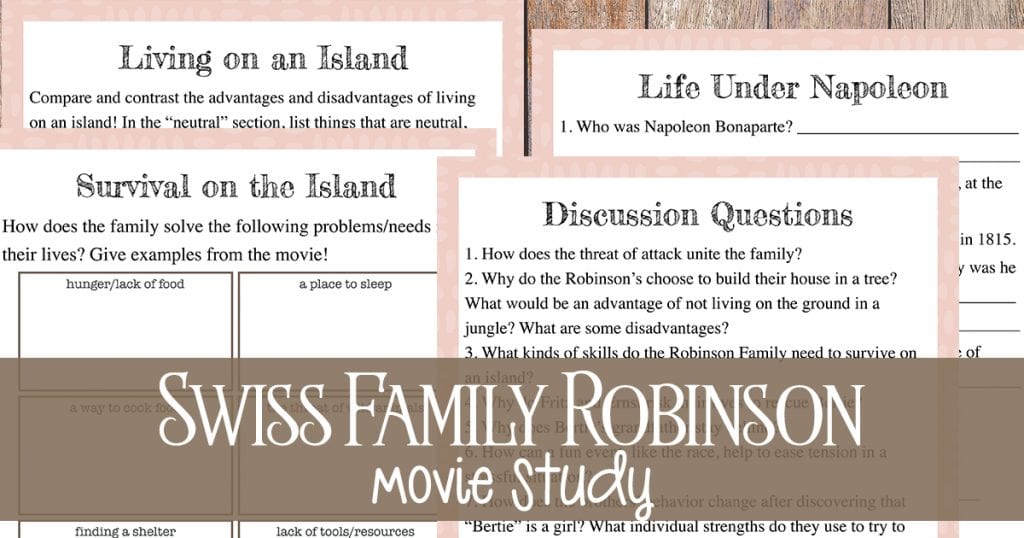

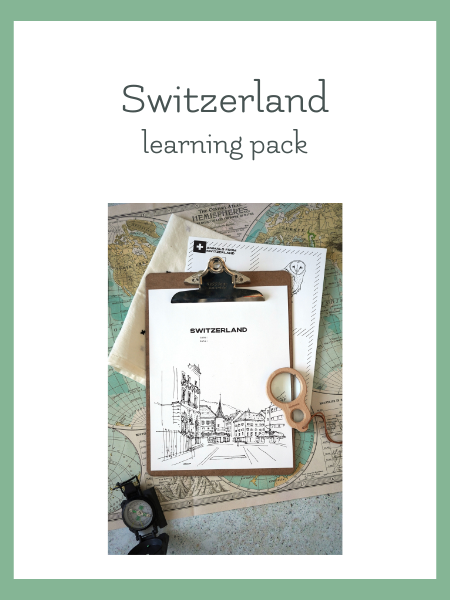
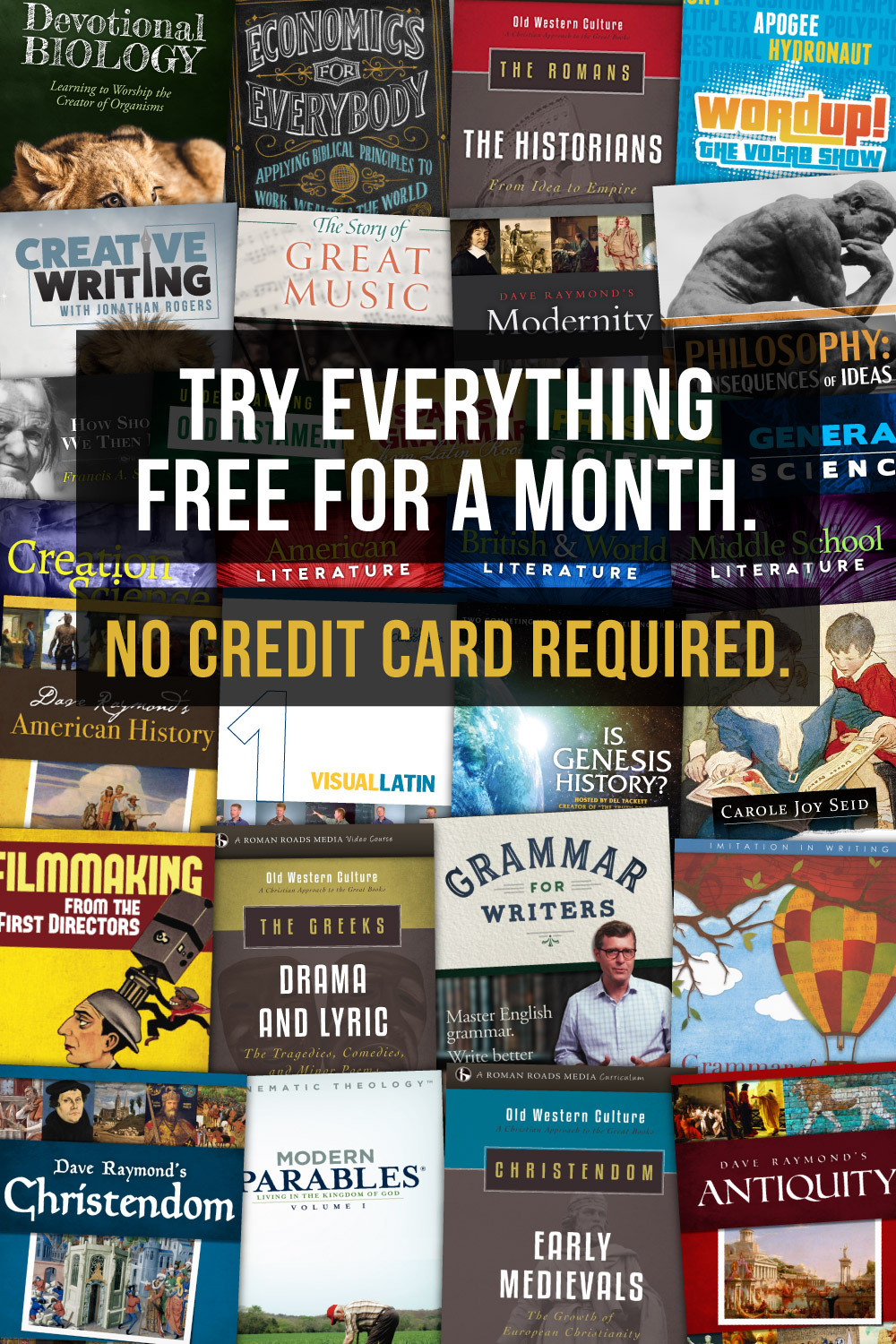

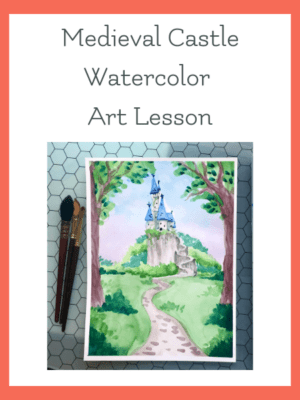
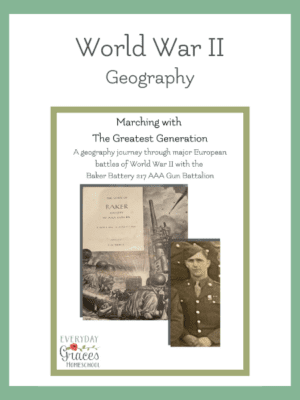
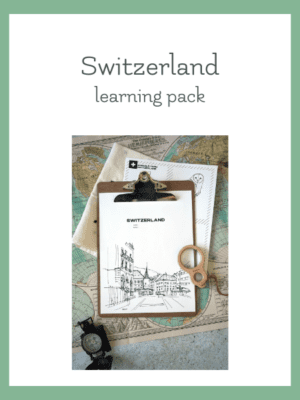
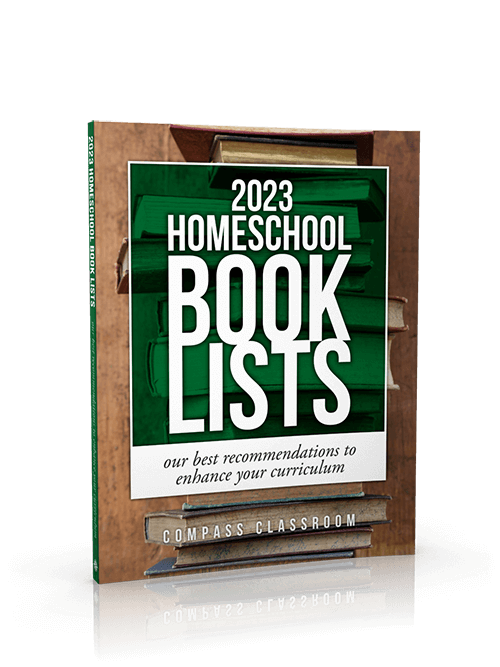
Hi,
I apologize, but I am not seeing a link to the curriculum study for the book–I only see the link to the movie. Do you have a lesson plan and any worksheets for the Swiss Family Robinson Unit Study? Forgive me if I missed it.
I am interested in knowing what ages you planned this for, and is it a year-long sutdy? Years ago, there had been a year-long Swiss Family Robinson study, but I cannot find it anywhere, even used.
Hi Heidi, the post is actually all the free vocabulary and activities to use with the book. The movie study is a paid product that makes a nice addition to the free unit study.
Hi there,
I’ve just purchased the Swiss Family Robinson movie resources and was wondering how it is delivered? I have purchased the activities and questions – are they just emailed to me/can they be?
Thanks
Mandy
Hi Mandy! The download link is in the order confirmation email you received 🙂 If you need assistance please email me at [email protected]. Thank you!